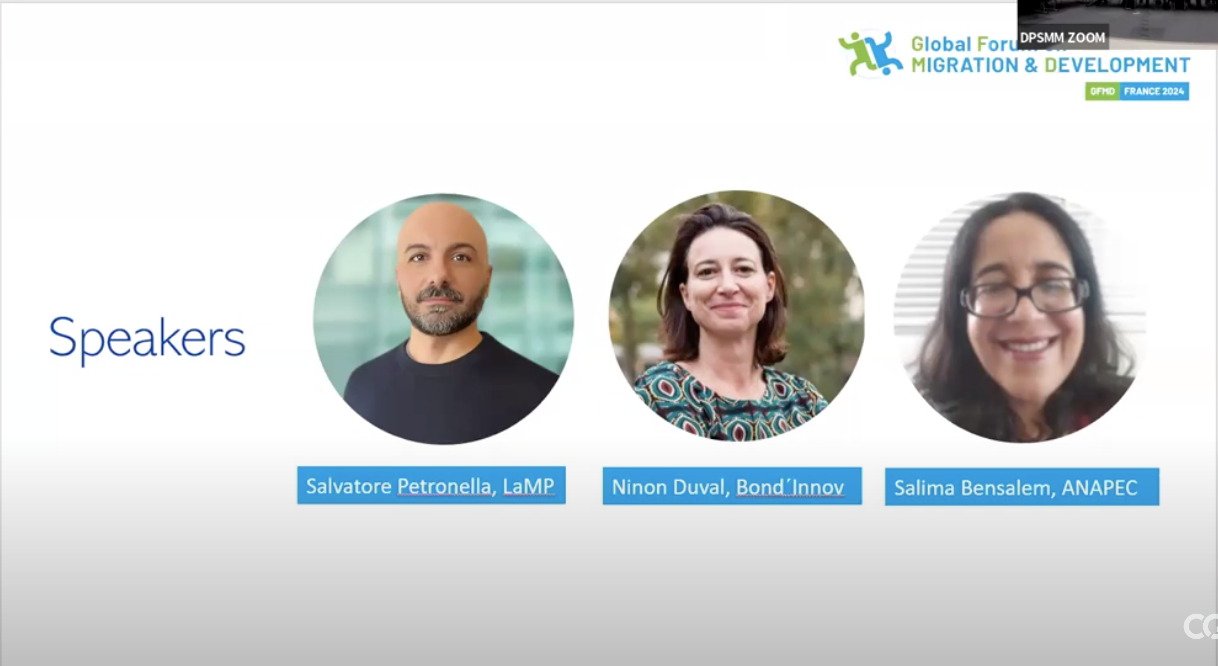The following is en excerpt from the original article by LaMP’s Strategy Lead Jason Wendle published by the Stanford Social Innovation Review (SSIR) on February 8th, 2024. The full article can be found here.
Migration is often framed as a crisis: When the issue makes headlines, it’s portrayed as a burden, threat, or tragedy, and almost always politically intractable. In reality, migration represents an opportunity and a solution, and it needs to be disentangled from electoral politics. Indeed, we are at the beginning of a multi-decade, global trend of human movement, a trend which can be harnessed to unlock tremendous good for the world. And while the world’s attention is on the most visible symptoms of today’s broken systems, a small but scrappy group of actors is already working to build a better future for people on the move, the countries that welcome them, and the countries they (often temporarily) leave behind.
To understand why we need more and better migration, start with a basic fact: Never in history has there been such a strong link between global income inequality and demographic differentials. If you are in a country like Uganda, with a median age of 16, you are likely to be poor by global standards; if you are in a country like Germany with a median age of 45, you are likely to be rich. For decades, the best predictor of economic prospects is the country a person was born in, accounting for nearly two-thirds of global income inequality. But the gulf between rich and poor countries has also become a gulf between old and young: Even countries in Africa and South Asia with high economic growth rates are still not generating enough jobs to keep up with the youth entering the workforce. Labor Mobility Partnerships predicts that by 2050, 590 million of the 1.4 billion additional working-age people in low- and middle-income countries will have limited employment prospects, even as youth in these countries have an unprecedented awareness of the standard of living on the other side of the global tracks. Throw in the disproportionate effects of climate change on subsistence livelihoods and the fact that workers are paid 10 or 20 times their current wages for equivalent jobs in high-income countries, and little wonder that hundreds of millions across the Global South aspire to migrate to the Global North.
On the other side of the issue, broadly speaking, the Global North is characterized by low birth rates, unprecedented numbers of retirees, and looming, structural labor shortages that threaten economic and political stability. While immigration policies have prioritized high levels of education or family ties—and the political conversation tends to presume a basic scarcity of jobs—critical jobs in construction, agriculture, hospitality, and the care economy, including elderly care, cannot be automated. Even the transition to renewable energy is threatened by a shortage of some 7 million workers needed to do things like install solar panels on roofs. The workers who could solve these problems remain on their side of the global tracks.
Migration is not a problem in search of a solution; it is a solution waiting to be unlocked by thoughtful investment of resources and effort.
Read the full article here.











 The American news and opinion website Vox has selected LaMP’s Co-Founder and Research Director
The American news and opinion website Vox has selected LaMP’s Co-Founder and Research Director 


